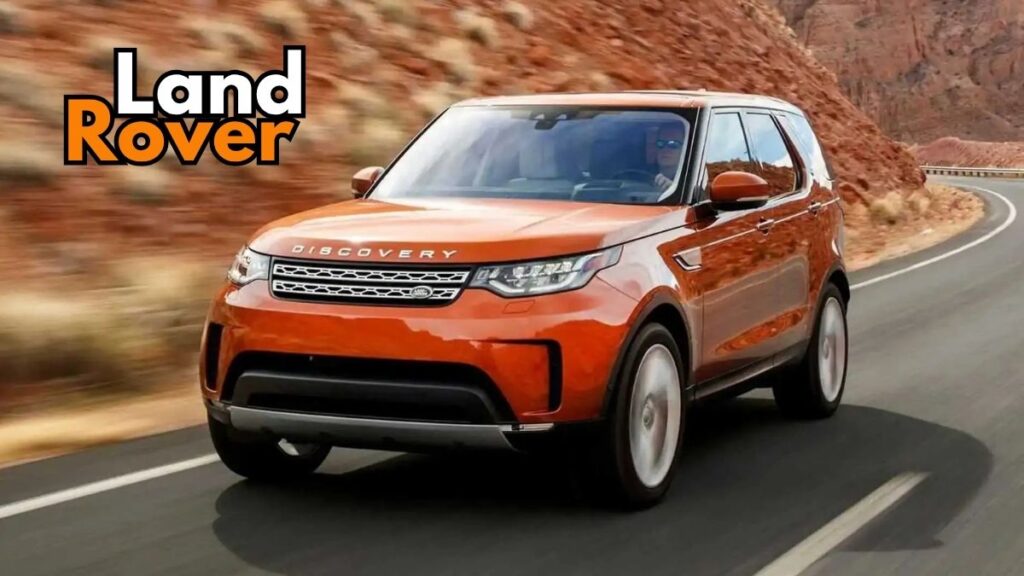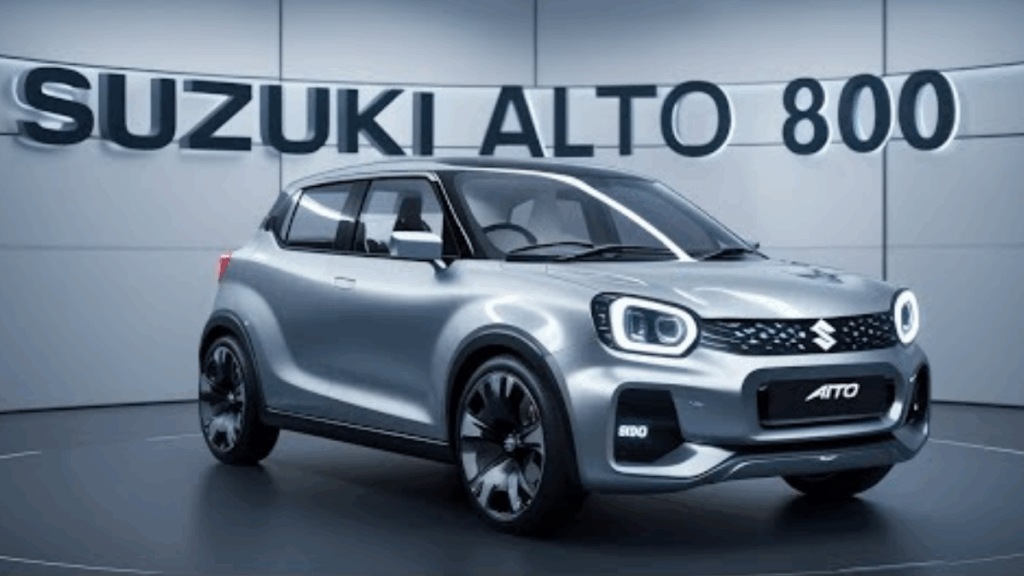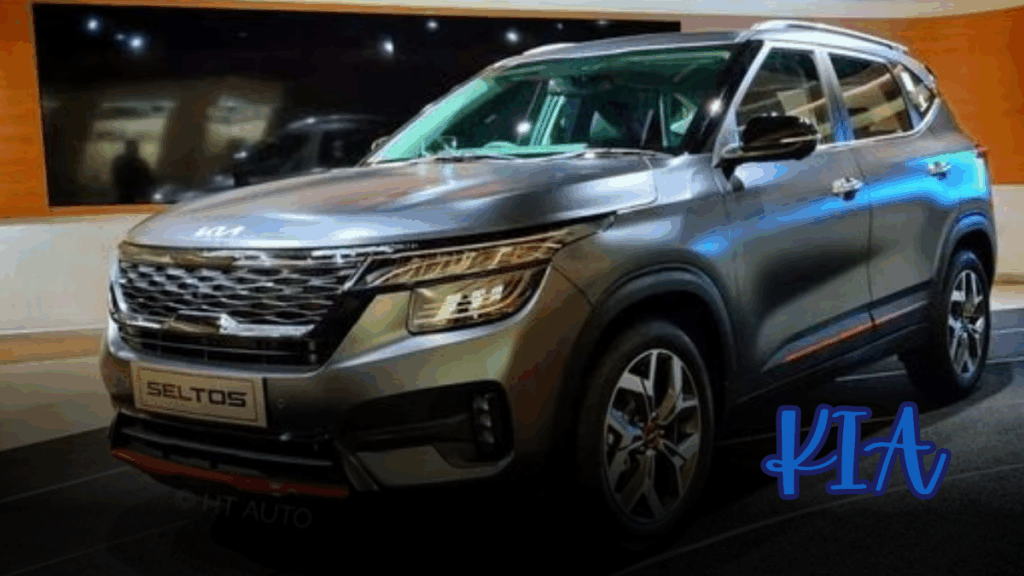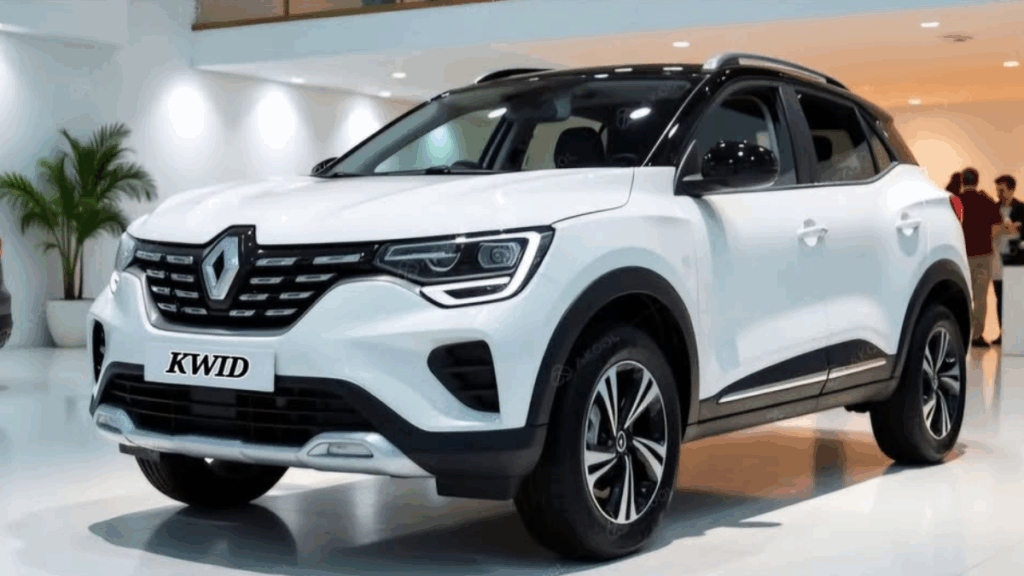Renault has officially unveiled the electric version of its popular entry-segment hatchback in Brazil, where it will be sold as the Renault Kwid E-Tech. Based on the same architecture as the Dacia Spring EV, this model signals Renault’s accelerating push toward mass-market electric mobility. Multiple Kwid EV test mules spotted in India have further fueled expectations that an India launch could follow. When it arrives, the Kwid EV is expected to lock horns with the Tata Tiago EV, Citroen e-C3, and other budget-friendly electric options. Below is a comprehensive, buyer-focused rewrite with design and interior highlights, feature lists, charging and range details, and answers to the most common questions.
Exterior Design and Styling: Familiar Kwid DNA, EV-Ready Details
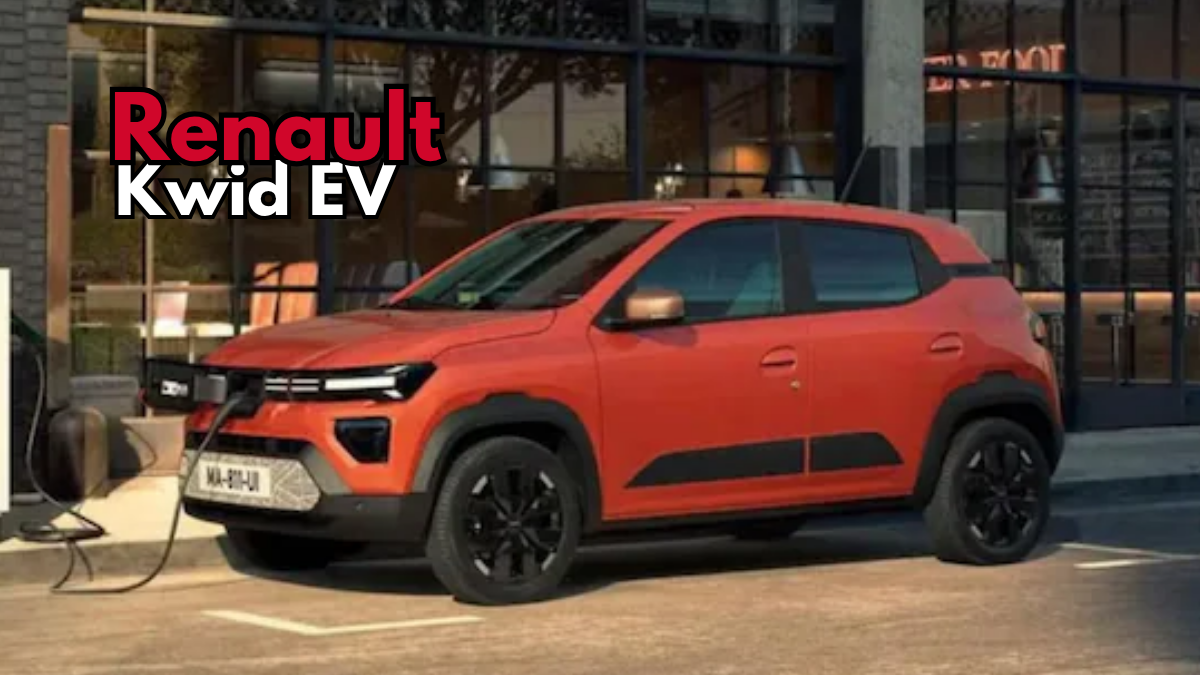
Renault has retained the Kwid’s upright stance and compact footprint while integrating EV-specific styling cues. The front fascia features a closed-off grille with vertical slats that add visual presence and improve aero efficiency. Projector headlights sit in the bumper pods, reinforcing the split-lamp signature Kwid owners recognize. In profile, the EV continues with black wheel-arch claddings, ORVM-mounted indicators, black side cladding, and 14-inch dual-tone alloys, keeping the rugged city-crossover look intact.
At the rear, the Kwid EV adopts a distinctive Y-shaped LED DRL signature, complemented by halogen reverse lamps. Overall, the exterior communicates “Kwid, but electric” familiar proportions with subtle, function-led changes that suit an urban EV.
Short Summary
Item |
Details |
|---|---|
Model Name (Brazil) |
Renault Kwid E-Tech |
Platform |
Shared with Dacia Spring EV |
Powertrain |
26.8 kWh lithium-ion battery; peak output up to ~65 hp |
Claimed Range |
Up to 250 km per charge (claimed) |
India Launch Status |
Not officially confirmed; test mules spotted |
Key Rivals (India) |
Tata Tiago EV, Citroen e-C3, others |
Interior Highlights |
10.1-inch touchscreen with wireless Android Auto/Apple CarPlay; 7-inch digital cluster; USB-C ports |
Safety Highlights |
Up to 6 airbags (Dacia sibling), ABS, ESP, hill-start assist, TPMS, rear camera, ISOFIX |
Official Website |
Cabin and Technology: Bigger Screens, Cleaner Layout, Everyday Practicality
The cabin sees a notable refresh, centering around two key displays:
- 10.1-inch touchscreen infotainment system with wireless Android Auto and Apple CarPlay, reducing cable clutter and making smartphone integration seamless.
- 7-inch digital instrument cluster that clearly presents EV-specific data such as remaining range, energy flow, and drive mode information.
Practical touchpoints include two USB-C ports for fast device charging and a height-adjustable steering wheel to help drivers find a comfortable position. Storage solutions remain faithful to the Kwid ethos—door pockets, cubbies, and a sensible central console layout aimed at daily usability.
Material quality and colors are tuned to the value segment, but the cleaner design and tech upgrade significantly modernize the experience. For a city-centric EV buyer who values straightforward functionality, the Kwid EV’s cockpit checks the right boxes.
Safety and Driver Assistance: Feature-Rich for Its Class
While final India-spec equipment will be confirmed closer to launch, the Dacia-sibling template suggests a robust safety suite for the segment:
- Up to 6 airbags (market-dependent)
- ABS with EBD
- ESP (electronic stability program)
- Hill-start assist
- Rear parking camera
- Tyre Pressure Monitoring System (TPMS)
- Seatbelt reminders
- ISOFIX child seat mounts
These features collectively enhance occupant protection and day-to-day usability, especially for newer EV drivers who appreciate added stability and parking assistance in tight urban environments.
Powertrain, Range, and Charging: City-First EV Philosophy
Under the floor is a 26.8 kWh lithium-ion battery pack, matched to an electric motor with peak output up to about 65 hp. The claimed driving range is up to 250 km on a single charge, aligning the Kwid EV with the realistic needs of urban and suburban commuting.
Although market-specific charging specs will be confirmed for India, expect support for home AC charging and public AC/DC options (where available). For most buyers, overnight AC charging at home will cover daily use cases, with public chargers topping up on longer days out. The combination of modest battery size and city-friendly output should keep running costs and charging times manageable.
Positioning and Likely Rivals in India
When launched in India, the Kwid EV will enter a fast-maturing space where affordability and reliability are pivotal. The Tata Tiago EV is the most direct competitor on size and price philosophy, while the Citroen e-C3 presents a slightly larger footprint and feature mix. Depending on variant strategy, the Kwid EV could also tempt buyers cross-shopping higher trims of small ICE hatchbacks who are ready to make the leap to electric.
Who Should Consider the Renault Kwid EV?
- First-time car buyers in metro or Tier-1/2 cities wanting the lowest possible running costs.
- Second-car households seeking a hassle-free, home-charged commuter.
- Ride-share/last-mile users who can optimize predictable routes and overnight charging.
If daily driving is largely urban and under 60–80 km, the Kwid EV’s range and packaging should fit seamlessly.
Buying Tips and Ownership Pointers
- Validate Charging Access: If you have a fixed parking spot with power, home AC charging simplifies ownership.
- Compare Real-World Range: Claimed numbers vary by test cycles; ask for dealer demos and check user feedback post-launch.
- Consider Total Cost of Ownership: Factor fuel savings, lower maintenance, and potential state EV incentives (availability and amounts vary by state).
- Test Infotainment and Ergonomics: The wireless connectivity and digital cluster are key quality-of-life features; ensure they meet your needs.
Frequently Asked Questions (FAQs)
1) Is the Renault Kwid EV confirmed for India?
Renault has not issued a formal India launch confirmation yet. However, multiple test mules spotted in India strongly indicate that a launch may be on the horizon. Timelines will be announced officially.
2) What is the claimed range of the Kwid EV?
The Kwid EV is claimed to deliver up to 250 km on a single charge from its 26.8 kWh battery pack. Actual range will depend on driving style, traffic, temperature, terrain, and AC usage.
3) How powerful is the Kwid EV?
Peak output is up to about 65 hp, tuned for city performance and efficiency rather than outright speed.
4) What charging options can I expect?
Expect home AC charging to be the primary method for most owners, along with public AC/DC charging where available. Detailed India-spec charging times and connector standards will be shared closer to launch.
5) Which cars will the Kwid EV compete with?
Its most direct rivals are the Tata Tiago EV and Citroen e-C3, along with other compact or entry-EVs that emphasize value and city usability.
6) Will it have six airbags and ESP in India?
Safety features vary by market and trim. The Dacia-sibling template includes up to 6 airbags, ESP, TPMS, hill-start assist, rear camera, and ISOFIX. Final India-spec equipment will be confirmed at launch.
7) What price should I expect in India?
Pricing is not announced. Given positioning, expect Renault to target a competitive entry point for the city-EV segment. Keep an eye on official announcements.
Official Site
For brand announcements, model updates, and dealer contacts, visit the official website:
Renault India – Official Website
For More Information Click HERE


